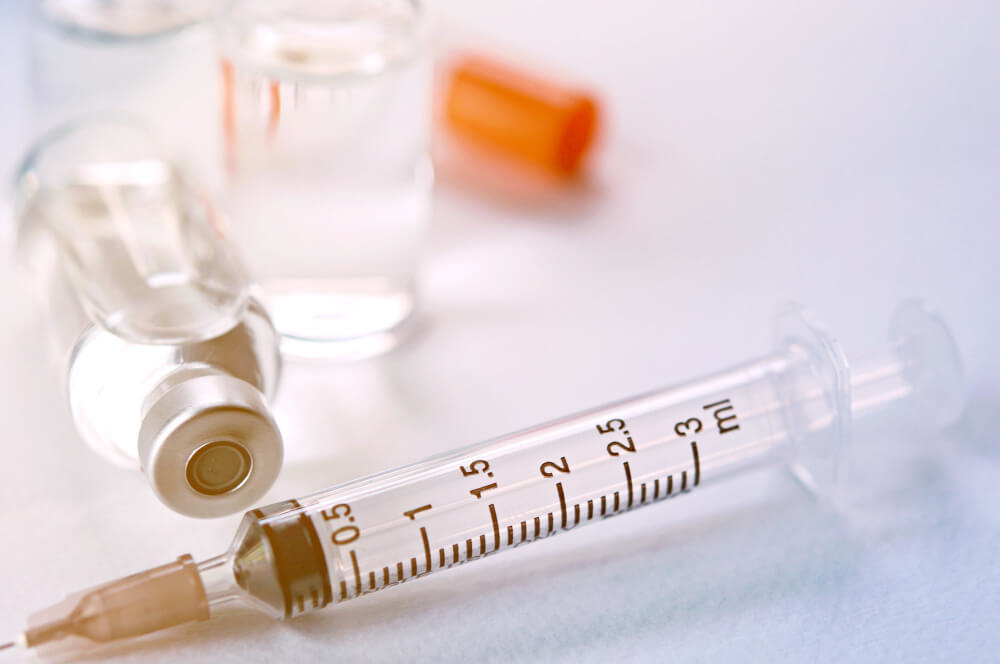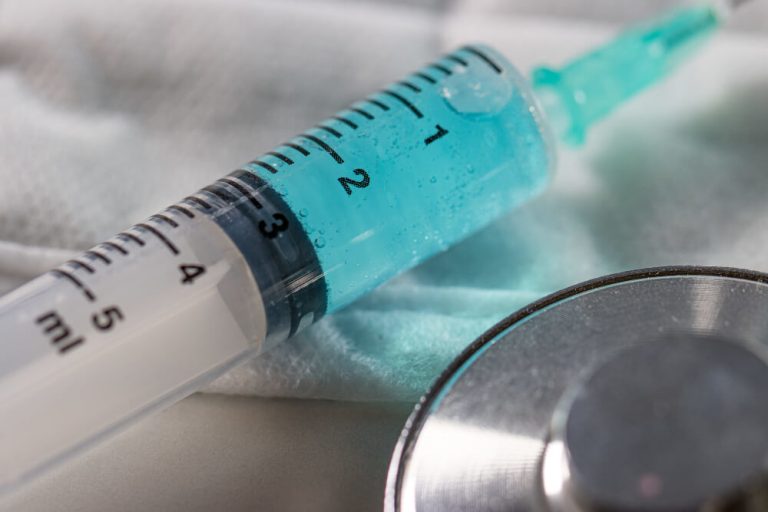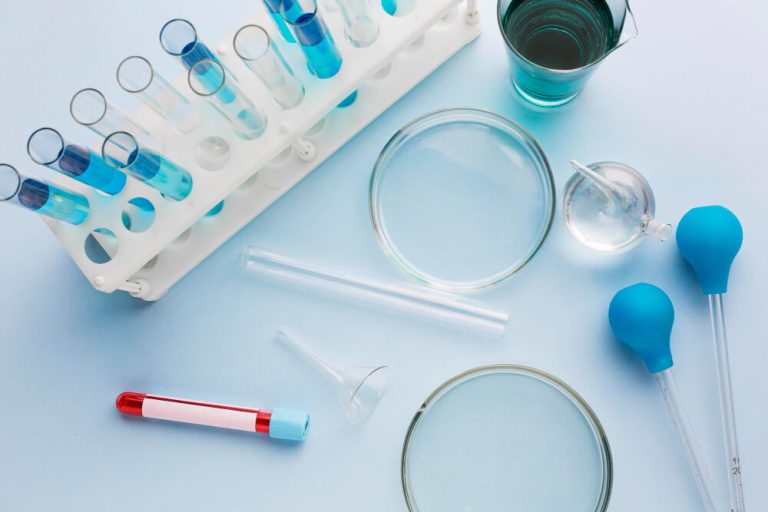Unlock Your Body’s Potential: The Ultimate Guide to Hormone Training
Have you ever wondered what truly drives your energy levels, mood, and overall vitality? The answer often lies in a complex and delicate symphony playing out within your body, conducted by chemical messengers called hormones. These powerful substances dictate everything from your metabolism and sleep cycles to your stress response and reproductive health. When they are in balance, you feel vibrant, focused, and resilient. When they are out of sync, you might feel fatigued, foggy, and frustrated.
This is where the concept of hormone training comes into play. It’s a proactive approach to influencing your body’s endocrine system to achieve optimal function and well-being. While the term might sound technical, the core principle is surprisingly accessible: using strategic lifestyle choices, particularly exercise, to naturally guide your hormones toward a state of harmony. For both individuals seeking better health and practitioners aiming to provide cutting-edge care, understanding the fundamentals of hormone training is a game-changer in modern wellness and longevity.
Mastering this internal communication network is not about finding a single magic bullet. Instead, it involves learning how different activities, foods, and recovery practices send specific signals to your body. By understanding these signals, you can tailor your fitness routine to address specific hormonal goals, whether that’s building muscle, reducing stress, or improving your metabolic health. This guide will walk you through the science of how exercise shapes your hormonal landscape, giving you the knowledge to take control of your health from the inside out.
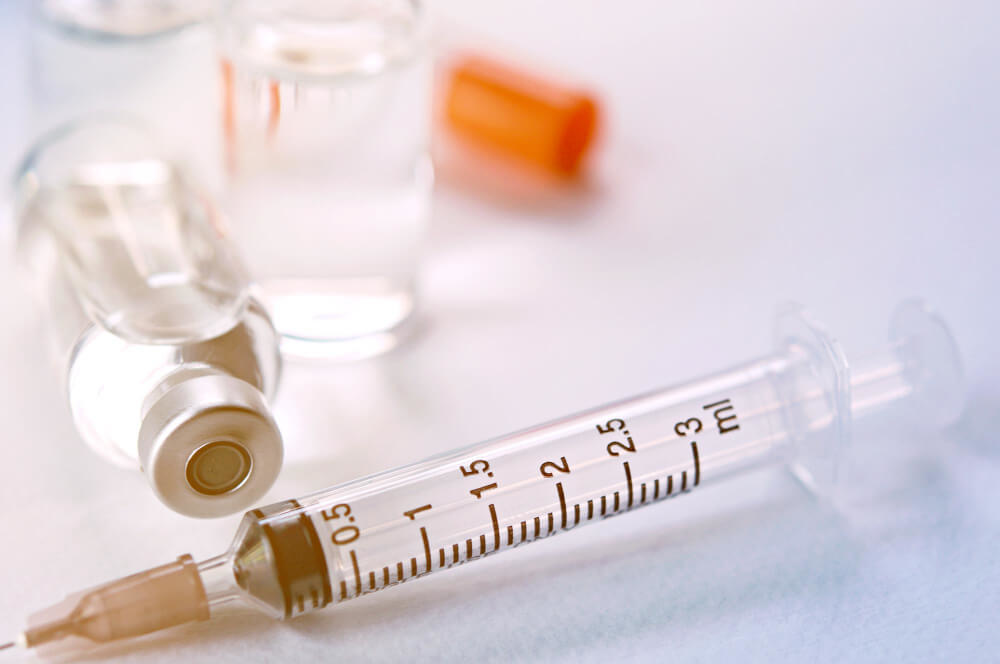
What Are Hormones and Why Do They Matter?
To truly appreciate the power of hormone training, it helps to understand who the main players are. Your endocrine system is a network of glands that produce and release hormones directly into your bloodstream. Think of them as tiny messengers traveling throughout your body, delivering instructions to various organs and tissues to carry out specific functions. This system works tirelessly behind the scenes to maintain a stable internal environment, a state known as homeostasis.
There are dozens of hormones, but a few key ones are particularly responsive to exercise and lifestyle. Cortisol, often called the ‘stress hormone’, helps manage inflammation and blood sugar but can be problematic when chronically elevated. Insulin is crucial for energy management, as it ushers glucose from your blood into your cells. An imbalance here can lead to serious metabolic issues.
Then you have the sex hormones, testosterone and estrogen. While associated with male and female characteristics respectively, both are vital for everyone, influencing muscle mass, bone density, mood, and libido. Finally, human growth hormone (HGH) plays a significant role in growth, cell repair, and metabolism. A slight disruption in any one of these can create a ripple effect, impacting your entire system. That’s why learning to influence them positively is so crucial for long-term health.

How Does Exercise Influence Your Hormones?
Exercise is perhaps the most potent non-pharmaceutical tool we have for modulating our endocrine system. It’s not just about burning calories; it’s a direct form of communication with your body’s control center. Every time you move, you trigger a cascade of hormonal responses. The type, intensity, and duration of that movement determine the specific messages your body receives.
For instance, a short, intense burst of activity sends a very different hormonal signal than a long, leisurely walk. One might tell your body to build and repair, while the other might signal it to reduce stress and improve fuel efficiency. This adaptability is what makes exercise so powerful. It provides a physical stressor that, when applied correctly, forces your body to adapt and become stronger and more resilient.
This adaptive response is a key principle in physiology. By strategically applying different types of exercise, you can encourage your body to produce more of the hormones you want, like testosterone and growth hormone, while helping it better manage the ones that can cause issues when in excess, like cortisol and insulin. It’s a dynamic process of creating a challenge and allowing your body to rise to the occasion, becoming more hormonally balanced in the process.

Can Strength Training Boost Testosterone and Growth Hormone?
Yes, absolutely. Strength training, also known as resistance training, is one of the most effective ways to stimulate the release of anabolic hormones, which are responsible for building tissues. When you lift weights or perform challenging bodyweight exercises like push-ups and squats, you create microscopic tears in your muscle fibers. This is a good thing, as it signals the body to initiate a repair and growth process.
To facilitate this repair, your body releases a surge of testosterone and human growth hormone. Testosterone helps synthesize new proteins to rebuild the muscle fibers stronger than before, while HGH aids in overall tissue repair and metabolism. This response is most pronounced when you focus on compound movements that engage multiple large muscle groups, such as deadlifts, presses, and rows.
To maximize this hormonal benefit, the key is intensity and volume. You need to lift a weight that is challenging enough to stimulate an adaptive response. This doesn’t mean you have to lift extremely heavy every day, but your workouts should feel demanding. Pushing your muscles to near fatigue is the trigger that tells your endocrine system it’s time to release the hormones needed for growth and strength.
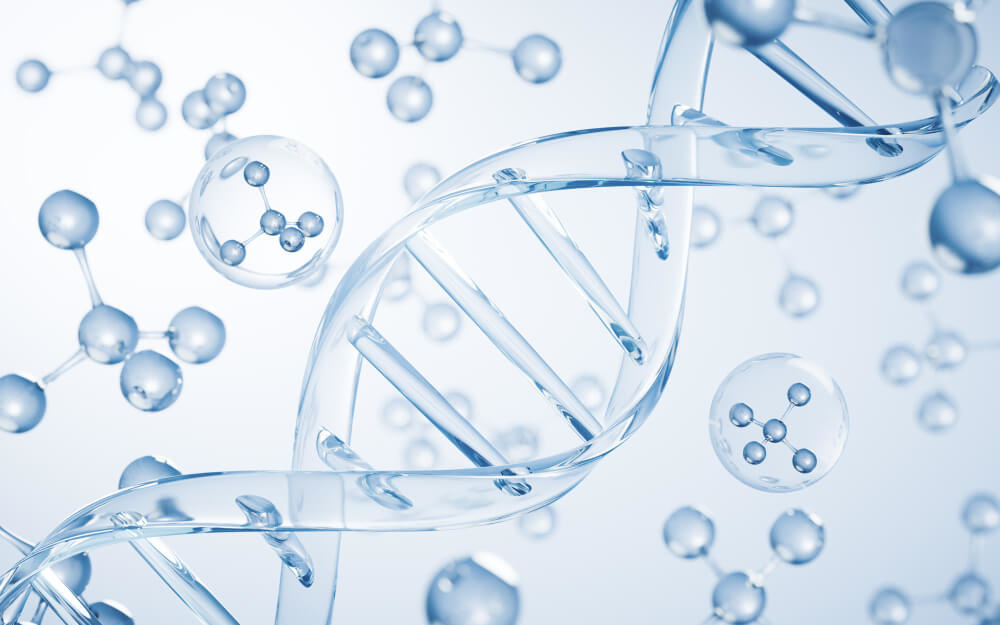
What Is the Role of Cardio in Hormonal Balance?
Cardiovascular exercise, or ‘cardio’, plays a distinct but equally important role in hormonal health. Activities like running, swimming, cycling, and brisk walking are phenomenal for improving your body’s sensitivity to insulin. During aerobic exercise, your muscles demand glucose for energy. To meet this demand, your body becomes more efficient at transporting glucose out of the bloodstream and into the cells, a process that relies on the hormone insulin.
Regular cardio helps keep your cells highly responsive to insulin’s signals. This means your pancreas doesn’t have to work as hard or produce as much insulin to manage your blood sugar, reducing your risk of insulin resistance, metabolic syndrome, and type 2 diabetes. This is a cornerstone of long-term metabolic health and is one of the most well-documented benefits of consistent aerobic activity.
However, there is a delicate balance. While moderate cardio is excellent for managing stress and improving insulin sensitivity, excessive, prolonged sessions can have the opposite effect. Overtraining, especially without adequate recovery, can lead to chronically elevated cortisol levels. This can interfere with sleep, promote fat storage, and break down muscle tissue, undermining your health goals. The key is to find a sustainable amount of cardio that leaves you feeling energized, not depleted.

How Does High-Intensity Interval Training (HIIT) Affect Hormones?
High-Intensity Interval Training (HIIT) offers a unique and powerful hormonal punch in a very short amount of time. This style of workout involves alternating between short bursts of all-out effort and brief periods of rest or low-intensity recovery. Think sprinting for 30 seconds, then walking for 60 seconds, and repeating this cycle several times.
The intense nature of the ‘on’ intervals creates a significant metabolic demand and stress on the body. In response, the body unleashes a potent cocktail of hormones. One of the most notable effects is a dramatic spike in human growth hormone, often at levels far greater than what is seen with steady-state cardio. This HGH surge aids in fat metabolism and muscle repair long after the workout is over.
HIIT is also incredibly effective at improving insulin sensitivity, sometimes even more so than traditional cardio, but in a fraction of the time. The intense muscle contractions during the sprints rapidly deplete muscle glycogen stores, making the muscles hungry for glucose and enhancing their responsiveness to insulin. This efficiency makes HIIT a popular choice for those with busy schedules who still want to reap profound hormonal and metabolic benefits.
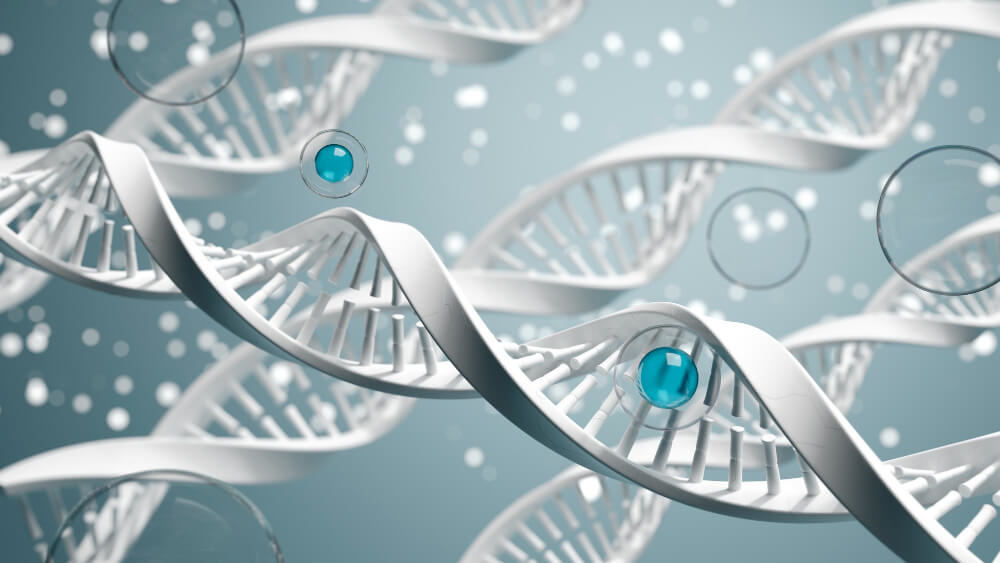
Which Hormones Can You Target With Your Workouts?
While exercise creates a systemic hormonal response, you can emphasize certain outcomes by choosing your workout style. By understanding the specific triggers for key hormones, you can design a fitness plan that aligns perfectly with your individual health goals, whether that’s managing stress, building a stronger physique, or improving your metabolic flexibility.
This targeted approach allows you to be more strategic. If you’re feeling constantly stressed and wired, your focus might shift towards activities that lower cortisol. If your goal is to increase lean mass and bone density, your priority will be on workouts that maximize testosterone and HGH. This is the essence of personalized hormone training. Many experts explore the intricate details of using exercise to optimize hormones, providing a deeper understanding of these mechanisms.
Ultimately, a well-rounded routine that incorporates different types of exercise is often the best approach for overall hormonal harmony. Combining the anabolic signaling of strength training, the insulin-sensitizing effects of cardio, and the stress-reducing benefits of restorative practices creates a comprehensive plan that supports your entire endocrine system.
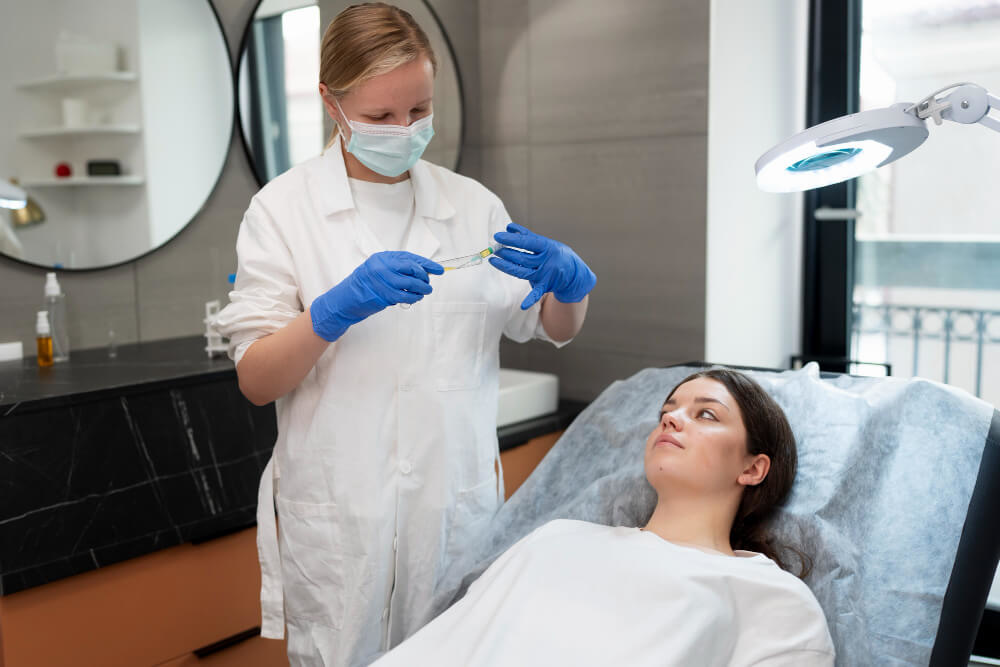
How Can You Manage Cortisol Levels Through Exercise?
Cortisol is essential for life, but modern lifestyles often lead to its chronic elevation, which can be detrimental. While intense exercise temporarily spikes cortisol, this is a normal, healthy stress response. The problem arises when cortisol levels stay high due to chronic stress, poor sleep, or overtraining. Your exercise routine can either contribute to this problem or be a powerful part of the solution.
To use exercise to manage cortisol, balance is everything. Intense workouts like heavy lifting and HIIT should be paired with adequate rest and recovery. This allows the initial cortisol spike to return to baseline, bringing all the adaptive benefits with it. Pushing too hard, too often, without recovery is a recipe for chronically high cortisol.
More importantly, incorporating restorative activities into your week is crucial for actively lowering cortisol. Practices like yoga, tai chi, and gentle walking have been shown to calm the nervous system and reduce circulating stress hormones. These activities are not ‘easy’ days; they are strategic recovery sessions that are just as important as your intense workouts for maintaining hormonal balance and preventing burnout.
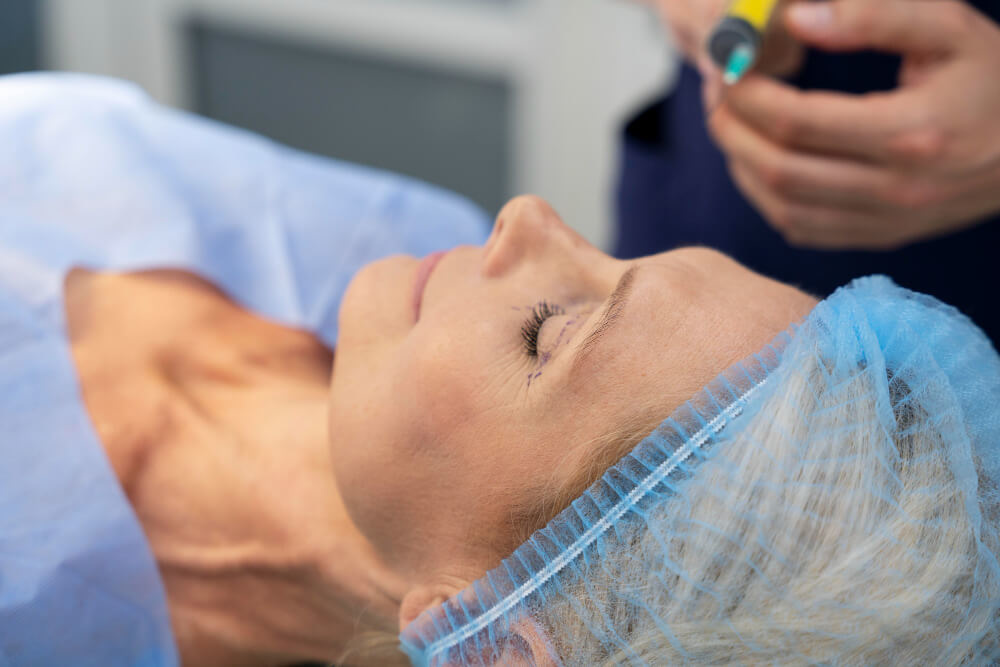
How Do You Optimize Insulin Sensitivity With Movement?
Optimizing insulin sensitivity is one of the most important things you can do for your long-term health, and exercise is your number one tool. When your cells are sensitive to insulin, your body can efficiently manage blood sugar, which protects you from a host of chronic diseases. Both strength training and cardiovascular exercise are champions in this arena.
Strength training builds more muscle, and muscle is a massive consumer of glucose. The more muscle mass you have, the more places your body has to store glucose, preventing it from lingering in the bloodstream. The act of contracting your muscles during a lift also directly helps pull glucose into the cells, a process that can happen even without insulin. This makes resistance training a powerful way to control blood sugar.
Cardio exercise, as mentioned earlier, also depletes glucose stores and makes cells more receptive to insulin’s message. The combination of both is a potent strategy for metabolic health. The underlying science is complex, but as extensive physiological reviews on the topic show, physical activity is fundamental in the fight against insulin resistance. A simple walk after a meal can also significantly blunt the blood sugar spike, showcasing how even gentle movement has a profound effect.

What About Sex Hormones Like Estrogen and Testosterone?
Exercise has a significant regulatory effect on sex hormones for both men and women. For testosterone, strength training is king. Lifting heavy weights, particularly with compound movements, has been consistently shown to provide an acute boost in testosterone levels post-workout. Over the long term, building more muscle mass and reducing body fat through exercise also helps support healthier baseline testosterone levels.
For women, the relationship is more complex. The right amount of exercise helps maintain a healthy hormonal balance, but over-exercising combined with under-fueling can disrupt the menstrual cycle and negatively impact estrogen levels. However, for most, regular, balanced physical activity is beneficial. It can help manage symptoms of PMS and menopause and supports a healthy body composition, which is crucial for proper estrogen metabolism. Finding the right exercise for hormonal balance is key to navigating these nuances effectively.
Ultimately, the goal is balance. Exercise helps the body regulate these powerful hormones by improving body composition, reducing inflammation, and managing stress, all of which are factors that influence the delicate interplay between testosterone and estrogen.
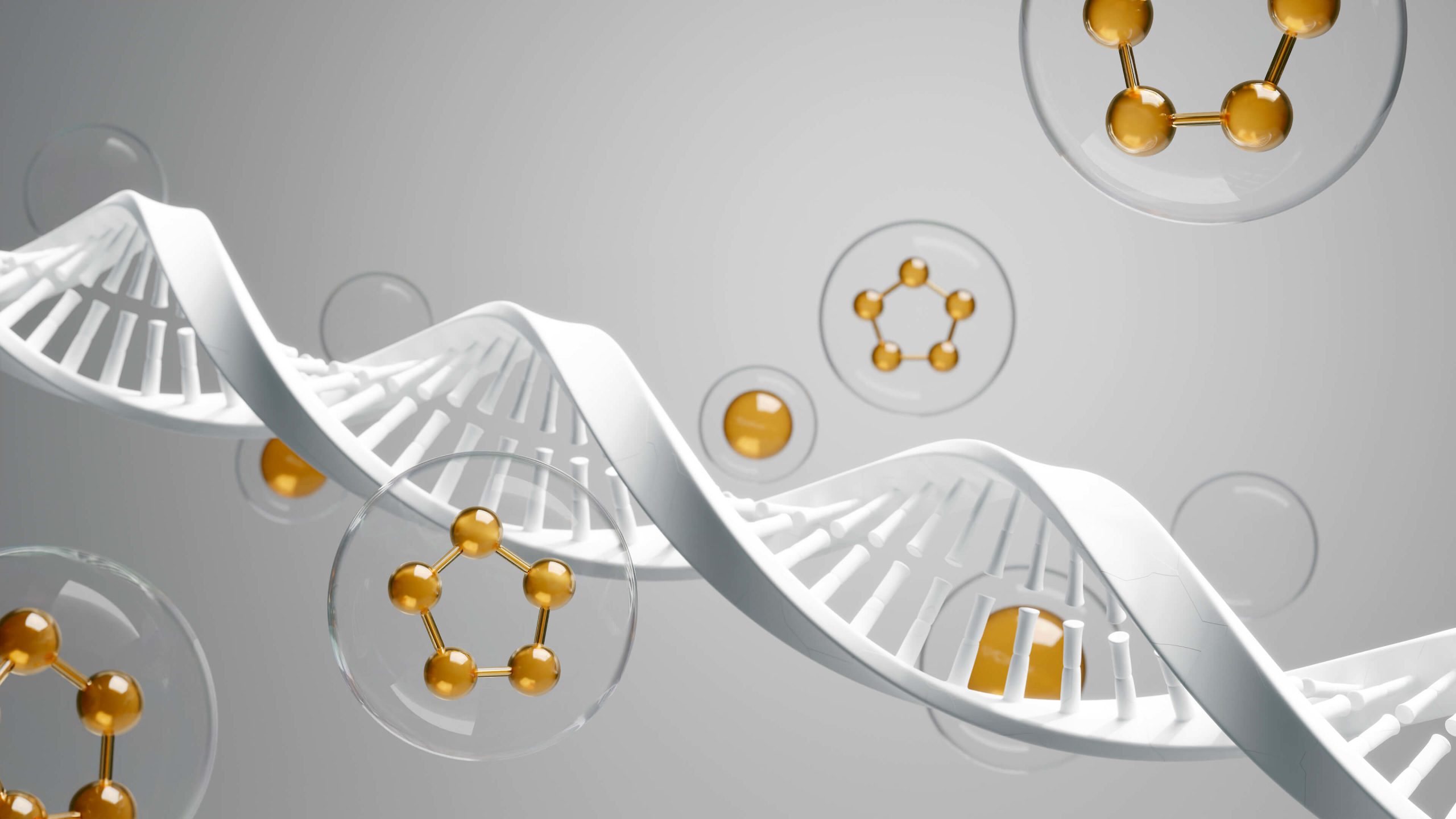
Can Exercise Really Impact Growth Hormone?
Yes, exercise is one of the most potent natural stimuli for the release of human growth hormone. HGH is often associated with the ‘fountain of youth’ for its role in cell regeneration, maintaining healthy tissues, and promoting a lean body composition. Its release is pulsatile, meaning it comes in bursts, and two of the biggest triggers for these bursts are deep sleep and intense exercise.
High-intensity workouts are particularly effective at stimulating HGH. Both HIIT and heavy resistance training create a level of metabolic stress that signals the pituitary gland to release a significant amount of growth hormone. This post-exercise surge helps to burn fat and repair the muscle tissue that was just challenged, making it a critical part of the body’s adaptive process. This concept, known as hormesis, is where a beneficial response is produced by exposure to a low dose of a stressor. Many experts have detailed the endocrinology of exercise and this hormetic effect.
This powerful HGH response is one reason why short, intense workouts can produce such remarkable changes in body composition. By tapping into this natural hormonal cascade, you can enhance recovery, improve your metabolism, and support your body’s innate repair mechanisms, all of which contribute to healthier aging and improved vitality.

What Else Contributes to Hormonal Harmony?
While exercise is a cornerstone of hormone training, it is only one piece of a larger puzzle. To achieve true and lasting hormonal balance, a holistic approach is necessary. You cannot out-train a lifestyle that is otherwise working against your endocrine health. Other factors like nutrition, sleep, and stress management are just as critical.
Nutrition provides the raw materials your body needs to produce hormones in the first place. A diet rich in protein, healthy fats, and complex carbohydrates, along with essential vitamins and minerals, is non-negotiable. Healthy fats, for example, are the building blocks for steroid hormones like testosterone and estrogen.
Sleep is when your body does most of its hormonal repair and regulation. It’s during the deep stages of sleep that you get the biggest natural pulse of growth hormone. Poor sleep, on the other hand, disrupts this process and elevates cortisol, creating a vicious cycle of stress and fatigue. Prioritizing 7-9 hours of quality sleep per night is one of the best things you can do for your hormones.
Finally, managing your mental and emotional stress is paramount. Chronic psychological stress leads to chronically high cortisol, which can disrupt every other hormone in your body. Incorporating practices like meditation, deep breathing, or spending time in nature can help calm your nervous system and support a more balanced endocrine state.

When Should You Seek Professional Help for Hormonal Imbalance?
Lifestyle interventions like strategic exercise, a balanced diet, and good sleep hygiene can create profound improvements in your hormonal health. For many people, these changes are enough to resolve minor imbalances and restore a sense of well-being. However, there are times when these efforts aren’t sufficient, and it’s important to recognize when to seek professional guidance.
If you are experiencing persistent symptoms such as chronic fatigue, unexplained weight gain or loss, severe mood swings, hair loss, low libido, or significant sleep disturbances despite your best efforts, it may be a sign of a more serious underlying hormonal issue. Conditions like thyroid disorders, polycystic ovary syndrome (PCOS), or severe adrenal dysfunction often require medical diagnosis and intervention.
Working with a healthcare professional who is well-versed in functional medicine and endocrinology is crucial. They can order comprehensive lab tests to get a clear picture of your hormonal status and identify any specific imbalances. This data-driven approach moves beyond guesswork and allows for a targeted treatment plan. For practitioners looking to offer these advanced services, specialized training in options like bioidentical hormone replacement therapy BHRT training can provide the necessary skills to help patients effectively.
Navigating the world of hormone therapies requires a high level of expertise. It’s essential that medical professionals are properly educated and certified to administer these powerful treatments safely. A comprehensive hormone therapy certification for doctors ensures that they understand the intricate nuances of hormone management. This is particularly true for complex life stages like menopause, where specialized knowledge in advanced menopause hormone therapy MHT prescribing is vital for providing safe and effective patient care. Never hesitate to consult a qualified expert when your body is sending you signals that something is wrong.
Your hormones are the foundation of your vitality. By embracing the principles of hormone training, you can use exercise as a powerful tool to communicate with your body, guiding it toward balance, resilience, and optimal health. Combined with a holistic approach to wellness and professional guidance when needed, you have the power to unlock your body’s full potential and thrive at every stage of life.
Frequently Asked Questions

How will this course directly impact my day-to-day clinical practice as a GP?
This advanced course is designed to bridge the gap between theoretical knowledge and practical application, equipping you with the confidence to manage a wider range of endocrine issues directly within your practice. You will learn to more accurately interpret ambiguous lab results, fine-tune treatment plans for conditions like hypothyroidism and type 2 diabetes, and confidently handle common patient questions about their conditions. The curriculum emphasizes case-based learning, ensuring the skills you acquire are immediately transferable to the patients you see every day.
Furthermore, the training will sharpen your diagnostic acumen for identifying red-flag symptoms that require urgent specialist referral. You will gain a clearer understanding of when it is appropriate to manage a patient in primary care versus when to escalate care, improving both patient safety and healthcare efficiency. This enhanced capability allows you to provide more comprehensive and continuous care, strengthening your role as the primary medical provider for your patients.

Is this course more suitable for newly qualified GPs or those with many years of experience?
This course is intentionally structured to benefit GPs at all stages of their careers, but it holds particular value for experienced practitioners seeking a high-level update. For seasoned GPs, the course serves as a comprehensive refresher on core principles while introducing the latest evidence-based guidelines and novel therapeutic agents. It respects your existing clinical experience by focusing on nuanced case discussions and complex management challenges rather than basic concepts.
While newly qualified GPs will certainly find the content enriching, the "advanced" designation refers to the depth and complexity of the topics covered. The curriculum moves quickly beyond foundational knowledge to tackle the subtleties of endocrine disorders often encountered in a busy general practice. It is ideal for any GP who feels their endocrinology knowledge could be modernized or who wishes to take on more complex patient management within their clinic.

Does the course only cover common conditions like diabetes, or will it address rarer endocrine disorders?
The course provides a balanced curriculum, dedicating significant time to the most prevalent conditions you manage, such as thyroid disorders, type 2 diabetes, and metabolic bone disease. We ensure a thorough review of the latest management strategies, pharmacological updates, and guideline changes for these common presentations. This focus ensures you are fully equipped to handle the vast majority of endocrine-related cases in primary care.
However, a key feature of this advanced program is its dedicated modules on less frequent but clinically significant disorders. You will explore the presentation and initial workup of conditions like adrenal insufficiency, pituitary adenomas, and hyperparathyroidism. The goal is not to make you a specialist but to empower you to recognize these complex cases early, initiate the correct first-line investigations, and make timely and appropriate referrals.
Discover the most comprehensive functional medicine training, longevity training, and biohacking certification programs designed specifically for healthcare professionals, medics, and clinic owners who want to master regenerative medicine protocols and anti-aging therapies.

